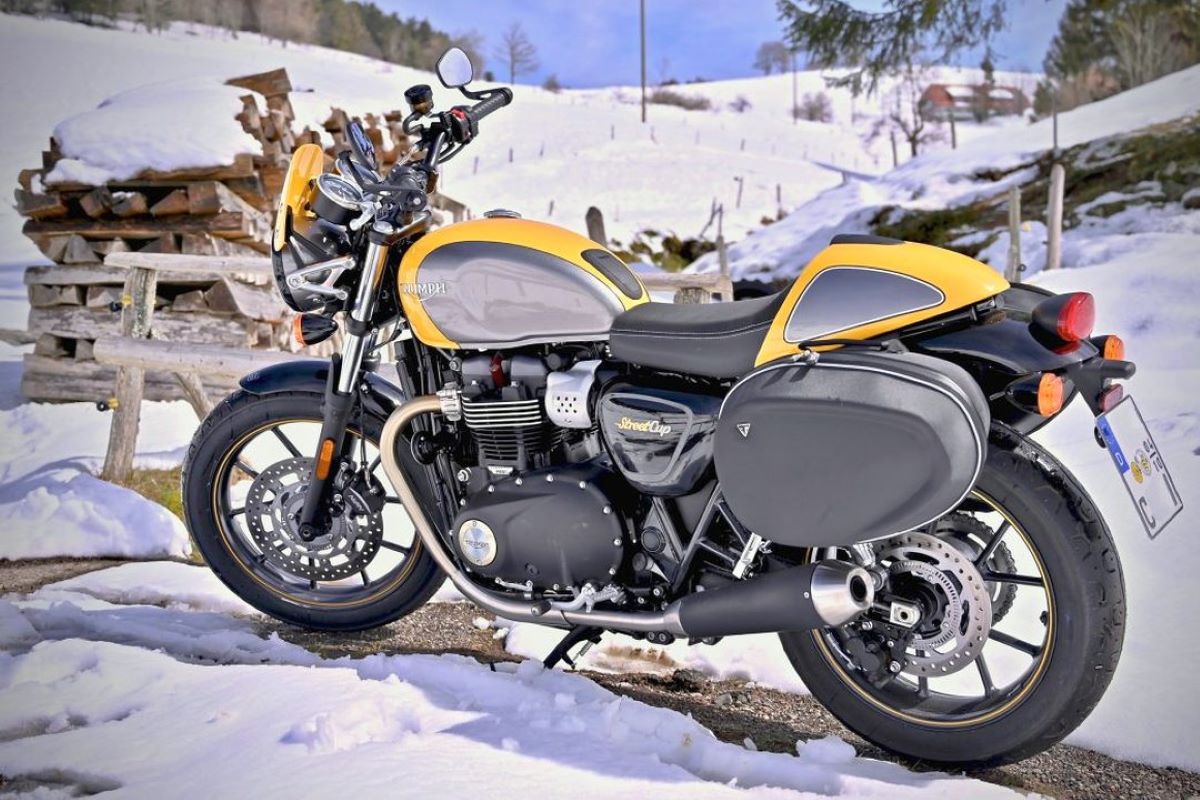

Articles
How To Store A Motorcycle For Winter
Modified: January 6, 2024
Learn the best way to store your motorcycle for the winter with our helpful articles. Follow these tips to ensure your bike stays safe and protected until riding season returns.
(Many of the links in this article redirect to a specific reviewed product. Your purchase of these products through affiliate links helps to generate commission for Storables.com, at no extra cost. Learn more)
Introduction
Winter is a challenging season for motorcycle enthusiasts. With the cold temperatures, icy roads, and unpredictable weather conditions, it’s often best to store your motorcycle until spring arrives. Properly storing your motorcycle during the winter months is crucial to ensure its longevity and optimal performance when riding season returns.
In this article, we will guide you through the necessary steps to store your motorcycle safely and effectively during winter. By following these guidelines, you can protect your bike from damage caused by freezing temperatures, moisture, and other environmental factors.
Preparing your motorcycle for winter storage requires a combination of preventative measures and general maintenance tasks. From fuel stabilization to battery maintenance, tire care to cleaning and protection, we’ve got you covered with comprehensive tips to keep your motorcycle in top shape throughout the winter months.
So, if you’re ready to learn how to store your motorcycle for winter for the best protection and peace of mind, let’s dive into the step-by-step process that will ensure your bike is ready to hit the road when the warmer weather arrives!
Key Takeaways:
- Properly preparing and storing your motorcycle for winter is essential to protect its longevity and performance. Follow steps such as fuel stabilization, battery maintenance, and periodic checks to ensure a smooth transition back to the road in the spring.
- Choosing the right storage location, performing regular maintenance checks, and applying protective measures such as cleaning, waxing, and covering your motorcycle are crucial for preserving its condition and ensuring a hassle-free return to riding season.
Read more: How To Store A Motorcycle
Preparing the Motorcycle
Before storing your motorcycle for the winter, it’s important to properly prepare it to prevent any damage or deterioration. Here are some essential steps to take when preparing your motorcycle for winter storage:
- Clean your bike: Start by giving your motorcycle a thorough cleaning. Remove any dirt, grime, or debris from the exterior. Use a mild detergent and water, along with a soft cloth or sponge, to gently scrub the surface. Pay extra attention to areas prone to corrosion, such as the exhaust pipes and metal parts. Once clean, dry the bike completely to prevent moisture buildup.
- Lubricate moving parts: Apply lubricating oil to the various moving parts of your motorcycle to prevent rust and corrosion. This includes the chain, cables, and throttle. Lubricating these parts will keep them in good condition throughout the winter months.
- Check and tighten fasteners: Inspect all the nuts, bolts, and fasteners on your bike and ensure they are tight and secure. Loose fasteners can cause vibrations and potential damage to your motorcycle while in storage.
- Inspect the brakes: Check the brake pads and discs for any signs of wear or damage. Replace them if necessary. Additionally, apply a thin layer of brake cleaner to the discs to prevent corrosion.
- Change the oil and filter: Before storing your motorcycle, it’s recommended to change the oil and filter. Old oil can contain contaminants that can cause damage if left in the engine for an extended period. Fresh oil will provide better protection and ensure a smooth start when you bring your bike out of storage.
- Fill the tank and add fuel stabilizer: Fill the fuel tank to prevent moisture accumulation during storage. It’s also crucial to add a fuel stabilizer to prevent the fuel from deteriorating over time. Follow the instructions provided by the manufacturer for the correct amount of fuel stabilizer to use.
- Remove the battery: If your motorcycle will be stored in an unheated area, it’s advisable to remove the battery. Cold temperatures can drain the battery, leading to reduced performance and potential damage. Store the battery in a cool, dry place and periodically charge it to maintain its integrity.
By following these preparatory steps, you can ensure that your motorcycle is in optimal condition for winter storage. This will help prevent any issues and make the process of bringing your bike back to life in the spring smoother and more enjoyable.
Fuel Stabilization
One of the most important aspects of preparing your motorcycle for winter storage is fuel stabilization. Fuel can start to break down and deteriorate over time, especially in the presence of moisture. This can lead to clogged fuel lines, carburetor issues, and engine damage. By following these steps for fuel stabilization, you can prevent these problems and ensure that your bike starts up smoothly when you’re ready to ride again:
- Fill the tank: Before storing your motorcycle, it’s recommended to fill the fuel tank to its maximum capacity. This helps minimize the space for air and moisture inside the tank, reducing the chances of condensation.
- Add a fuel stabilizer: To prevent fuel degradation, add a high-quality fuel stabilizer to the tank. Fuel stabilizers are designed to inhibit the formation of varnish and gum, keeping the fuel fresh and stable for an extended period. Follow the manufacturer’s instructions for the correct amount of stabilizer to use based on your tank’s capacity.
- Run the engine: After adding the fuel stabilizer, start your motorcycle and let it run for a few minutes. This allows the treated fuel to circulate through the fuel lines and carburetors, ensuring proper distribution and protection.
- Top up the tank periodically: If your motorcycle will be in storage for a long period, it’s recommended to top up the fuel tank periodically. This helps maintain the fuel’s freshness and prevents the formation of moisture-inducing air gaps in the tank. Aim to top up the tank every few months or as advised by the fuel stabilizer manufacturer.
- Keep the tank sealed: After adding the fuel stabilizer and topping up the tank, make sure to tightly seal the fuel tank cap. This prevents air and moisture from entering and causing fuel contamination. It’s also a good practice to place a plastic bag or cling wrap over the fuel cap before sealing it, offering an extra layer of protection against moisture.
By following these fuel stabilization recommendations, you can ensure that the fuel in your motorcycle’s tank remains fresh, clean, and ready for use when you retrieve your bike from winter storage. It’s a small yet crucial step to maintain your motorcycle’s performance and prevent potential fuel system issues.
Oil Change
Performing an oil change before storing your motorcycle for the winter is essential for maintaining the engine’s health and longevity. Over time, the oil in your motorcycle can become contaminated with dirt, debris, and combustion byproducts, which can cause increased wear and reduced lubrication efficiency. Here are the steps to follow when changing the oil in your motorcycle:
- Warm up the engine: Start by warming up your motorcycle’s engine by letting it run for a few minutes. This helps to liquefy the oil and allows it to flow more freely during the draining process.
- Place a drain pan beneath the engine: Position a drain pan underneath the engine to catch the old oil. Locate the drain plug on the underside of the engine and use a socket wrench to remove it. Allow the old oil to fully drain into the pan.
- Replace the oil filter: While the oil is draining, it’s a good time to replace the oil filter. Using an oil filter wrench, loosen and remove the old filter. Take care not to spill any oil that may still be inside the filter. Install the new filter in its place, being careful not to overtighten it.
- Drain the oil reservoir: Some motorcycles have a separate oil reservoir in addition to the engine oil. Locate and drain this reservoir if your motorcycle has one.
- Reinstall the drain plug: Once all the old oil has drained, clean the drain plug and reinstall it securely. Avoid overtightening the plug to prevent damage to the oil pan threads.
- Refill with fresh oil: Consult your motorcycle’s owner manual for the recommended type and quantity of oil. Slowly pour fresh oil into the oil filler opening. Be cautious not to overfill the oil, as it can lead to engine damage or oil leaks.
- Check the oil level: After adding the new oil, give it a few minutes to settle. Then, use the dipstick to check the oil level. Adjust if necessary by adding or draining oil until the level falls within the recommended range.
- Dispose of the old oil properly: It’s vital to handle and dispose of the old oil responsibly. Pour the used oil into a sealable container and take it to a recycling center or a designated collection point that accepts used oil for proper disposal or recycling.
Performing an oil change before winter storage ensures that your motorcycle’s engine is protected from contaminants and that fresh, clean oil is ready to lubricate its components when you’re ready to ride again. Additionally, it’s a good idea to record the date of the oil change so that you have an accurate reference for future maintenance.
Battery Maintenance
Proper battery maintenance is crucial when storing your motorcycle for an extended period, especially during the winter months. Cold temperatures can drain the battery and potentially lead to permanent damage if not handled correctly. To keep your motorcycle’s battery in optimal condition during winter storage, follow these essential battery maintenance tips:
- Remove the battery: If your motorcycle will be stored in an unheated area, it’s best to remove the battery. Disconnect the negative terminal first, followed by the positive terminal. Use the appropriate tools, such as a wrench or pliers, to loosen and detach the battery.
- Clean the battery terminals: Inspect the battery terminals for any signs of corrosion. If you notice any buildup, clean the terminals using a wire brush and a mixture of baking soda and water. Scrub the terminals gently to remove the corrosion and ensure a clean connection.
- Inspect the battery: While the battery is out of the motorcycle, take the opportunity to inspect it for any visible signs of damage or leaks. If you notice any cracks, bulges, or other abnormalities, it’s best to replace the battery before storing your motorcycle.
- Charge the battery: After inspecting and cleaning the battery, it’s important to charge it fully before storage. Use a smart charger or battery maintainer specifically designed for motorcycles. These chargers provide a slow and controlled charge that maintains the battery’s health and prevents overcharging.
- Store the battery in a cool, dry place: Once the battery is fully charged, store it in a cool, dry location. Avoid placing it directly on concrete surfaces, as they can leach power from the battery. Instead, use a piece of wood or a battery mat to insulate the battery from direct contact with the ground.
- Periodically charge the battery: If possible, periodically charge the battery throughout the winter months to maintain its charge level and overall health. This can be done using a battery maintainer or charger at a low maintenance charge setting.
- Reinstall the battery properly: When the time comes to bring your motorcycle out of storage, reinstall the battery following the reverse procedure of removal. Connect the positive terminal first, followed by the negative terminal. Ensure the terminals are securely tightened, but be cautious not to overtighten.
- Check the battery’s voltage: Before starting the motorcycle, check the battery’s voltage using a multimeter or battery tester. If the voltage is low, charge the battery fully before attempting to start the bike.
Proper battery maintenance and care during winter storage can prolong the life of your motorcycle’s battery, ensuring that it’s ready to provide reliable power when you’re ready to ride again. By following these steps, you can prevent battery drain, maintain its overall health, and avoid any unpleasant surprises when it’s time to hit the road.
Read more: How To Store Helmet On Motorcycle
Tires and Suspension
Ensuring that your motorcycle’s tires and suspension are properly cared for during winter storage is key to maintaining their performance and longevity. Here are some essential tips to follow when preparing your motorcycle’s tires and suspension for winter:
- Inspect the tires: Check the tires for any signs of wear, damage, or low tread depth. Replace the tires if necessary to ensure optimal traction and safety when you’re back on the road. Additionally, check the tire pressure and inflate them to the manufacturer’s recommended levels.
- Protect the tires from flat spots: To prevent flat spots from developing on your tires during prolonged storage, consider using a tire stand or adding extra air pressure. This elevates the tires off the ground and distributes the weight evenly, helping to maintain their roundness.
- Suspend the motorcycle: If possible, suspend your motorcycle off the ground using a rear stand or paddock stand. This relieves any pressure on the tires and suspension, preventing potential damage from extended static load.
- Check and adjust suspension settings: Inspect the suspension components for any signs of damage or leakage. If you notice any issues, have them addressed by a professional before storing your motorcycle. Additionally, consider adjusting the suspension settings to a slightly softer setting to account for the extended static load during storage.
- Rotate the tires: If your motorcycle has been sitting idle for a significant amount of time, it’s a good practice to periodically rotate the tires. This helps distribute the weight evenly and prevents flat spots from forming due to prolonged static load.
- Store in a cool, dry location: Find a storage area that maintains a cool and dry environment. Extreme temperatures and moisture can negatively affect both the tires and suspension. Avoid storing your motorcycle near windows, vents, or areas with direct sunlight.
- Periodic maintenance checks: Even during winter storage, it’s important to periodically check on your motorcycle. This includes inspecting the tires for any signs of damage, checking tire pressure, and rotating the tires if needed. Additionally, give the suspension components a visual inspection to ensure there are no visible issues.
By following these tire and suspension maintenance tips, you can help prolong the life of your motorcycle’s tires and suspension components. Proper care during winter storage ensures that they remain in good condition, ready to provide a smooth and safe riding experience when the riding season returns.
To prevent corrosion, fill the fuel tank and add a fuel stabilizer before storing your motorcycle for winter. This will help protect the fuel system.
Storage Location
Choosing the right storage location for your motorcycle during winter is crucial to ensure its safety and protection from the elements. Here are some factors to consider when selecting the ideal storage location:
- Indoor storage: Whenever possible, store your motorcycle indoors to shield it from extreme temperature fluctuations, precipitation, and direct sunlight. A garage, shed, or dedicated storage facility are ideal options.
- Climate-controlled environment: If you have access to a climate-controlled storage facility, it’s even better. Maintaining a controlled temperature and humidity level helps prevent moisture buildup, rust, and deterioration of various components.
- Secure and pest-free: Ensure that the storage location is secure and pest-free. Protect your motorcycle from potential theft or damage caused by rodents or other pests. Consider using additional security measures, such as a motorcycle cover or an alarm system.
- Avoid outdoor exposure: If indoor storage is not possible, choose a well-sheltered outdoor location. Shelter your motorcycle under a sturdy motorcycle cover or tarp to protect it from rain, snow, and direct sunlight. Look for a spot that provides some natural wind protection to minimize the risk of your bike being blown over.
- Elevated position: Whenever storing your motorcycle outdoors, try to position it on an elevated surface, such as a raised platform or wooden pallets. This helps prevent moisture from accumulating underneath the bike and causing corrosion or rust.
- Avoid damp areas: Moisture is a primary enemy of motorcycle storage. Avoid storing your bike in damp areas such as basements or areas prone to water leaks. Moisture can lead to corrosion and damage to electrical components.
- Ventilation: Ensure that the storage location provides adequate ventilation to prevent condensation and moisture buildup. Good airflow helps keep the motorcycle dry, reducing the chances of rust or mildew development.
- Accessibility: Store your motorcycle in a location that allows you to easily access it when needed. Consider factors such as the ease of bringing it in and out, as well as the availability of space for performing periodic maintenance checks.
By considering these factors and choosing a suitable storage location, you can protect your motorcycle from the elements and potential damage during winter storage. Remember that a well-chosen storage location goes a long way in preserving your bike’s condition and ensuring it stays in top shape for the next riding season.
Cleaning and Protection
Proper cleaning and protection of your motorcycle before winter storage are essential steps to maintain its appearance and prevent corrosion or damage from environmental elements. Here are some tips to effectively clean and protect your motorcycle:
- Wash the bike: Start by giving your motorcycle a thorough wash to remove any dirt, grime, or road debris. Use a gentle detergent, warm water, and a soft sponge or cloth. Pay special attention to areas prone to corrosion, such as the exhaust, engine, and undercarriage.
- Dry the bike: After washing, thoroughly dry your bike using a microfiber cloth or chamois. Ensure that no moisture is left on the surfaces, as it can lead to corrosion during storage.
- Apply a protective wax or sealant: Once the bike is dry, apply a layer of wax or sealant to the painted surfaces. This acts as a barrier against moisture and can help prevent paint fading or oxidation. Follow the manufacturer’s instructions for the proper application of the product.
- Protect metal surfaces: Apply a thin layer of rust inhibitor or corrosion protectant to exposed metal surfaces, such as the exhaust pipes and engine components. This helps to prevent rust and oxidation during storage.
- Treat leather and vinyl: If your motorcycle has leather or vinyl components, use a specialized cleaner and conditioner to treat and protect them. This will help prevent drying, cracking, and fading during the winter months.
- Protect chrome and metal parts: Apply a layer of chrome or metal polish to any chrome or metal parts to maintain their shine and protect them from corrosion. Use a soft cloth or microfiber applicator to evenly distribute the polish and buff it to a shine.
- Lubricate moving parts: Apply a light coating of lubricant to the various moving parts of your motorcycle, such as the chain, cables, and pivot points. This helps prevent rust and corrosion and keeps the components in good working condition during storage.
- Cover the motorcycle: After cleaning and treating your motorcycle, cover it with a breathable motorcycle cover. A cover offers protection against dust, moisture, and UV rays. Choose a cover specifically designed for motorcycles, ensuring a proper fit and ventilation.
By following these cleaning and protection tips, you can keep your motorcycle looking its best and protected from environmental elements during winter storage. Regular cleaning and proper maintenance go a long way in preserving the overall condition of your bike and ensuring that it’s ready for a fresh start when the riding season returns.
Covering the Motorcycle
When it comes to storing your motorcycle during the winter months, properly covering it is essential to provide an extra layer of protection against dust, moisture, and other environmental elements. Here are some key considerations when covering your motorcycle:
- Choose the right cover: Select a motorcycle cover that is specifically designed for your bike’s make and model. Look for a cover made from a breathable, weather-resistant material that can withstand the conditions it will be exposed to during storage. Ensure that the cover provides a snug fit without being too tight or loose.
- Clean the bike before covering: Give your motorcycle a thorough cleaning before covering it. This helps remove any dirt or debris that could potentially scratch or damage the surface while the cover is on. It also ensures that no moisture is trapped underneath the cover, which can lead to corrosion.
- Secure the cover: Ensure that the cover is securely fastened to the motorcycle to prevent it from being blown off by wind or falling off due to gravity. Many covers come with built-in straps or buckles to secure them in place. If not, consider using bungee cords or additional tie-downs to keep the cover in position.
- Avoid direct contact with the paint: To prevent any potential damage to the paint, make sure the cover does not directly touch the painted surfaces. This can be achieved by using a soft cloth or towel to cover any sharp or protruding parts before putting on the cover.
- Allow for ventilation: Opt for a cover with ventilation features or make sure to create some airflow around the motorcycle. This helps prevent the buildup of condensation or moisture underneath the cover, reducing the risk of corrosion. If necessary, use a cover with built-in vents or prop the cover up slightly to allow for airflow.
- Periodic checks: It’s important to periodically check on your covered motorcycle during storage. This allows you to inspect for any signs of damage or moisture accumulation. If any issues are identified, address them promptly to prevent further damage.
- Store the motorcycle in a secure location: Ensure that the storage location is secure and protected from potential damage. If storing your motorcycle outdoors, choose a spot that is sheltered from direct sunlight, rain, and wind. An additional layer of protection, such as a carport or canopy, can provide extra shielding.
- Remove the cover properly: When it’s time to take your motorcycle out of storage, remove the cover carefully to avoid any scratches or accidental damage. Make sure the bike is clean and dry before uncovering it to prevent any dirt or debris from falling onto the surfaces.
By following these tips for covering your motorcycle, you can provide an extra layer of protection and keep it in excellent condition during winter storage. A well-fitted and securely fastened cover will shield your bike from dust, moisture, and potential damage, ensuring that it’s ready to hit the road when the riding season returns.
Read more: How To Store A Motorcycle Outside
Periodic Maintenance during Winter
While your motorcycle is in winter storage, it’s important to perform periodic maintenance checks to ensure its continued health and readiness for the next riding season. Here are some key maintenance tasks to consider during the winter months:
- Battery maintenance: If your motorcycle’s battery is not connected to a battery maintainer during storage, it will gradually lose charge. Periodically check the battery’s voltage using a multimeter or battery tester. If the voltage drops significantly, recharge the battery to avoid damage or complete discharge.
- Tire inspection: Regularly inspect your motorcycle’s tires for any signs of damage, cracking, or flat spots. Check the tire pressure and adjust if necessary. If any tire issues are detected, address them promptly to ensure optimal performance and safety when you’re ready to ride again.
- Fluid check: Check the levels of important fluids in your motorcycle, such as coolant, brake fluid, and engine oil. If any fluids are running low, top them up as recommended by the manufacturer. Also, inspect the fluid quality, looking for any signs of contamination or degradation.
- Chain maintenance: If your motorcycle has a chain drive, periodically inspect and lubricate the chain. Check for proper tension, clean off any dirt or debris, and apply a suitable chain lubricant. A well-maintained chain will ensure smooth operation and extend its lifespan.
- Inspect the electrical system: Assess the condition of the electrical components, including the wiring, connectors, and bulbs. Look for signs of wear or damage. If any issues are detected, consult with a professional or address them using appropriate troubleshooting techniques.
- Prevent rust and corrosion: Check for any signs of rust or corrosion on exposed metal surfaces. Remove any surface rust with a gentle abrasive and apply a rust inhibitor or corrosion protectant to prevent further damage. Keeping the metal parts in good condition will prolong their lifespan and maintain the integrity of your motorcycle.
- General cleaning: Periodically clean your motorcycle even while in storage to remove any dust or grime that may have accumulated. Use a soft cloth or sponge along with a mild detergent and water to gently clean the surfaces. Dry the bike thoroughly after cleaning.
- Keep the area clean: Ensure that the area where your motorcycle is stored remains clean and free of dust, pests, and debris. Regularly sweep or vacuum the storage space to prevent any potential damage or contamination from accumulating around your bike.
By performing these periodic maintenance tasks during winter storage, you can stay proactive in preserving the health and condition of your motorcycle. Regular inspections and upkeep will help identify any potential issues early on, allowing you to address them before they become more significant problems. This ensures that your motorcycle remains in optimal shape and ready for a smooth transition back to the road when riding season returns.
Conclusion
Properly storing your motorcycle for the winter is crucial to ensure its longevity, performance, and overall condition. By following the steps outlined in this article, you can ensure that your motorcycle remains protected from the harsh winter elements and is ready to hit the road when the riding season returns. Here are the key takeaways:
- Prepare the motorcycle: Clean your bike, lubricate moving parts, and perform essential maintenance tasks like oil changes and fuel stabilization.
- Store in an ideal location: Choose an indoor or well-sheltered, secure, and pest-free storage location to protect your motorcycle from extreme temperatures and potential damage.
- Clean and protect: Thoroughly clean your motorcycle before storage and apply protective measures such as wax, rust inhibitors, and lubrication to keep it in top shape.
- Cover properly: Use a specially designed motorcycle cover that fits snuggly and allows for ventilation to prevent dust, moisture, and UV damage.
- Perform periodic maintenance checks: Regularly inspect the battery, tires, fluids, chain, electrical system, and metal surfaces to address any issues that may arise during storage.
By following these guidelines, you can ensure that your motorcycle remains in excellent condition throughout the winter months, ready for a smooth transition back to the road when the riding season arrives. Remember to take all necessary precautions to protect your investment and maintain the performance and appearance of your motorcycle. Proper winter storage will set the foundation for many enjoyable rides to come.
Frequently Asked Questions about How To Store A Motorcycle For Winter
Was this page helpful?
At Storables.com, we guarantee accurate and reliable information. Our content, validated by Expert Board Contributors, is crafted following stringent Editorial Policies. We're committed to providing you with well-researched, expert-backed insights for all your informational needs.
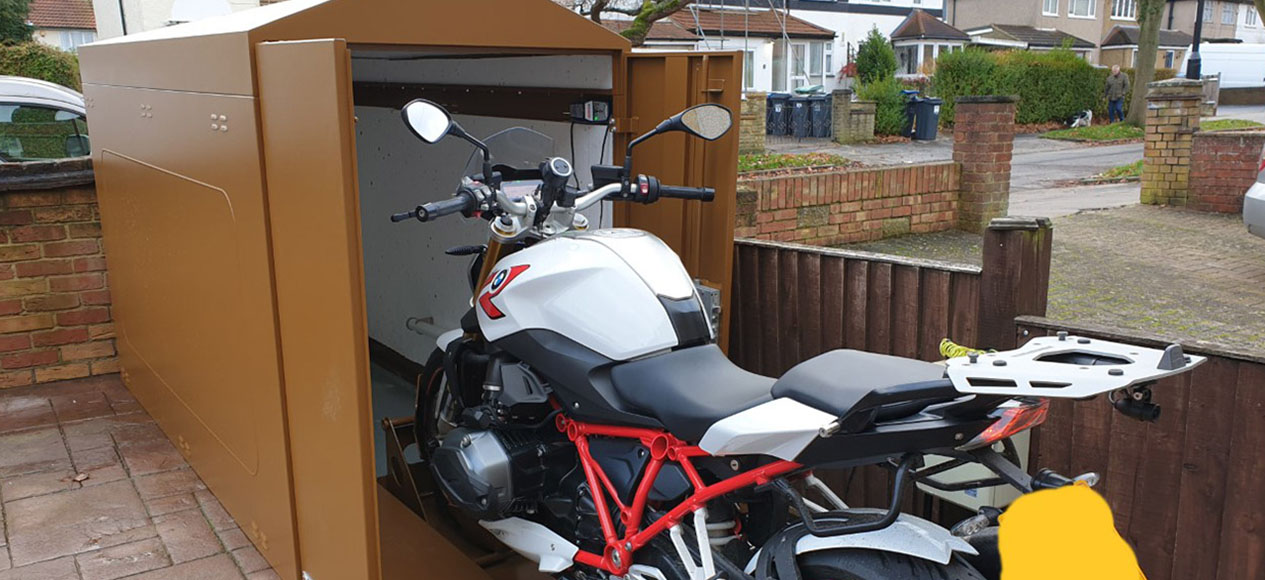

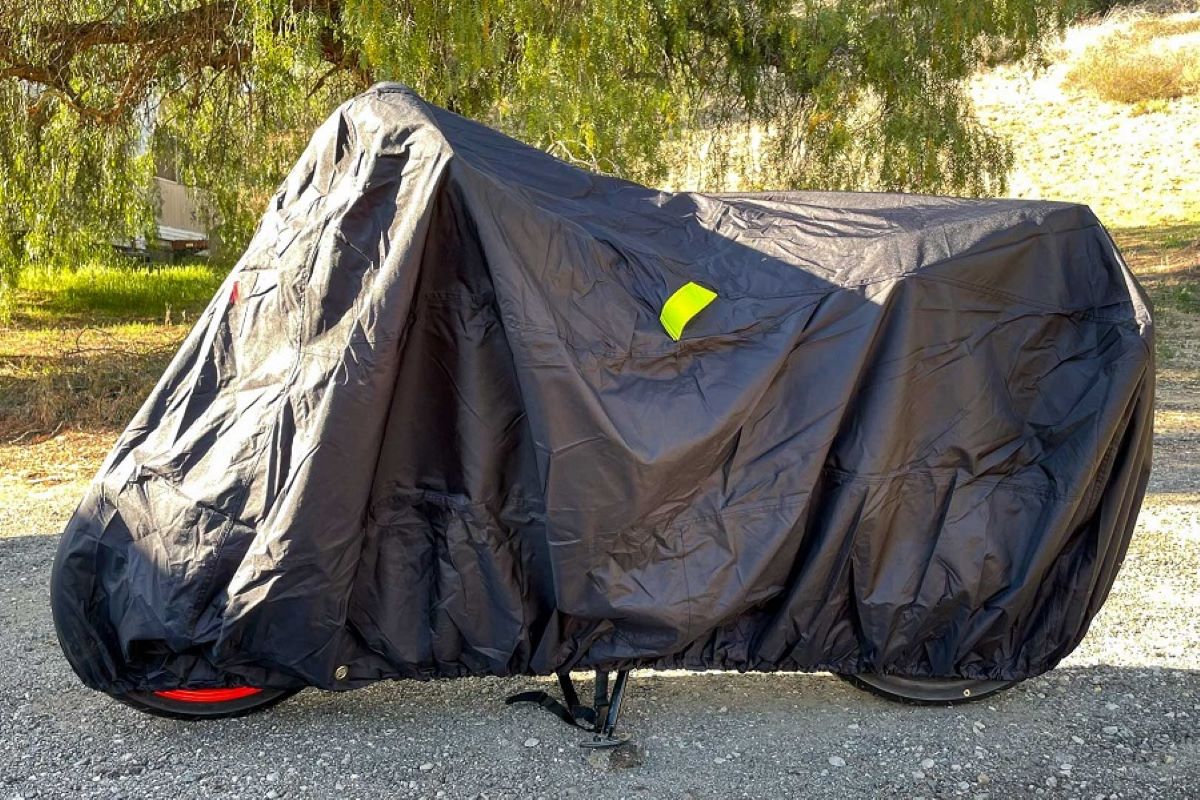

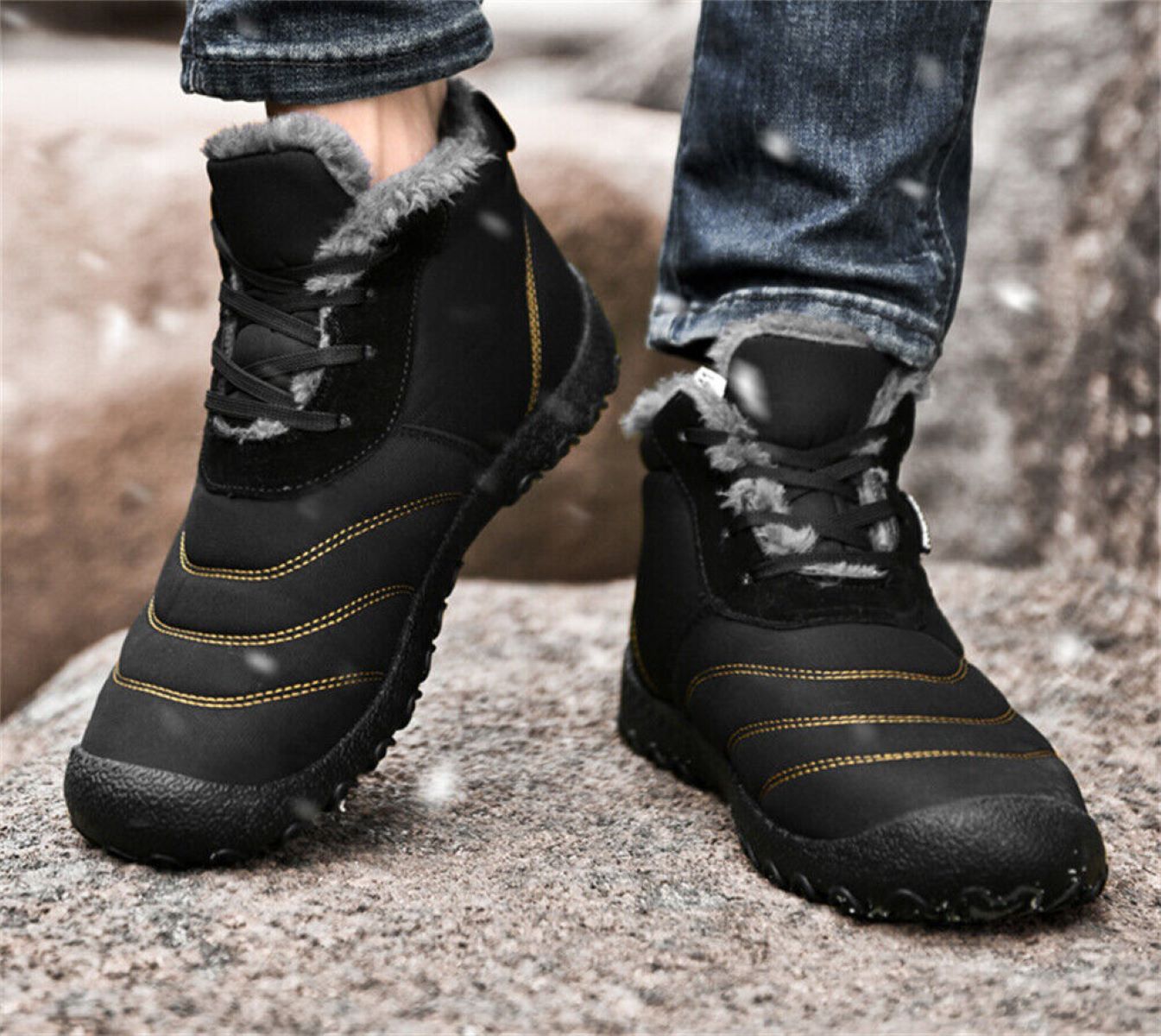
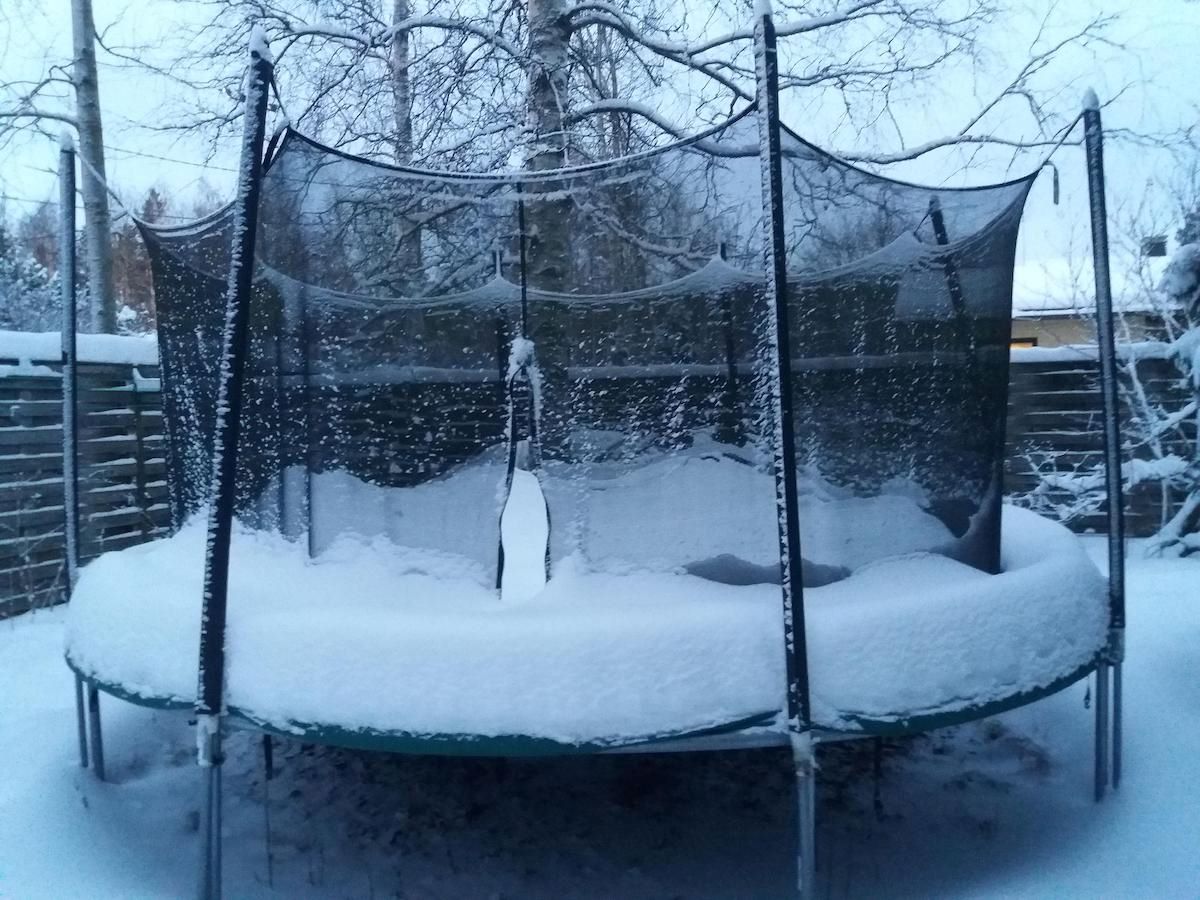


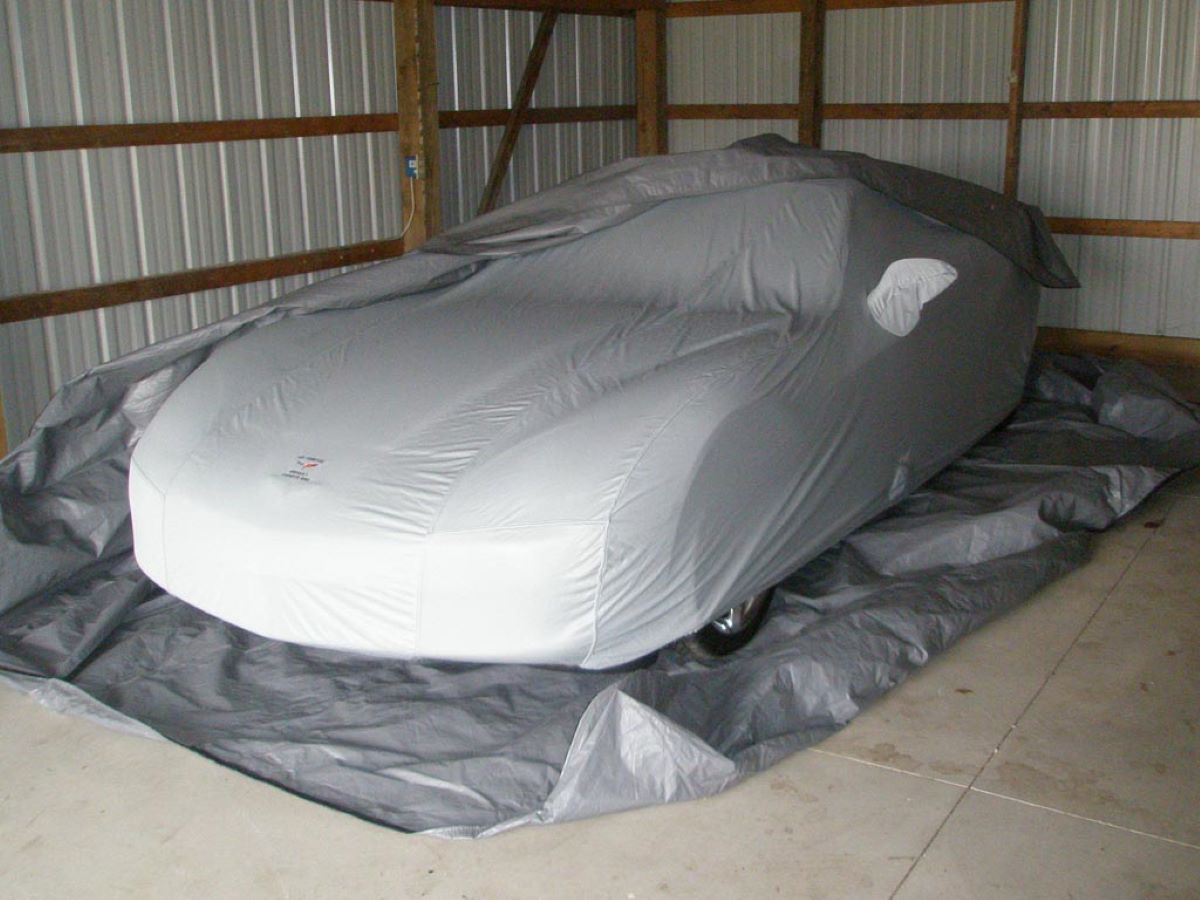



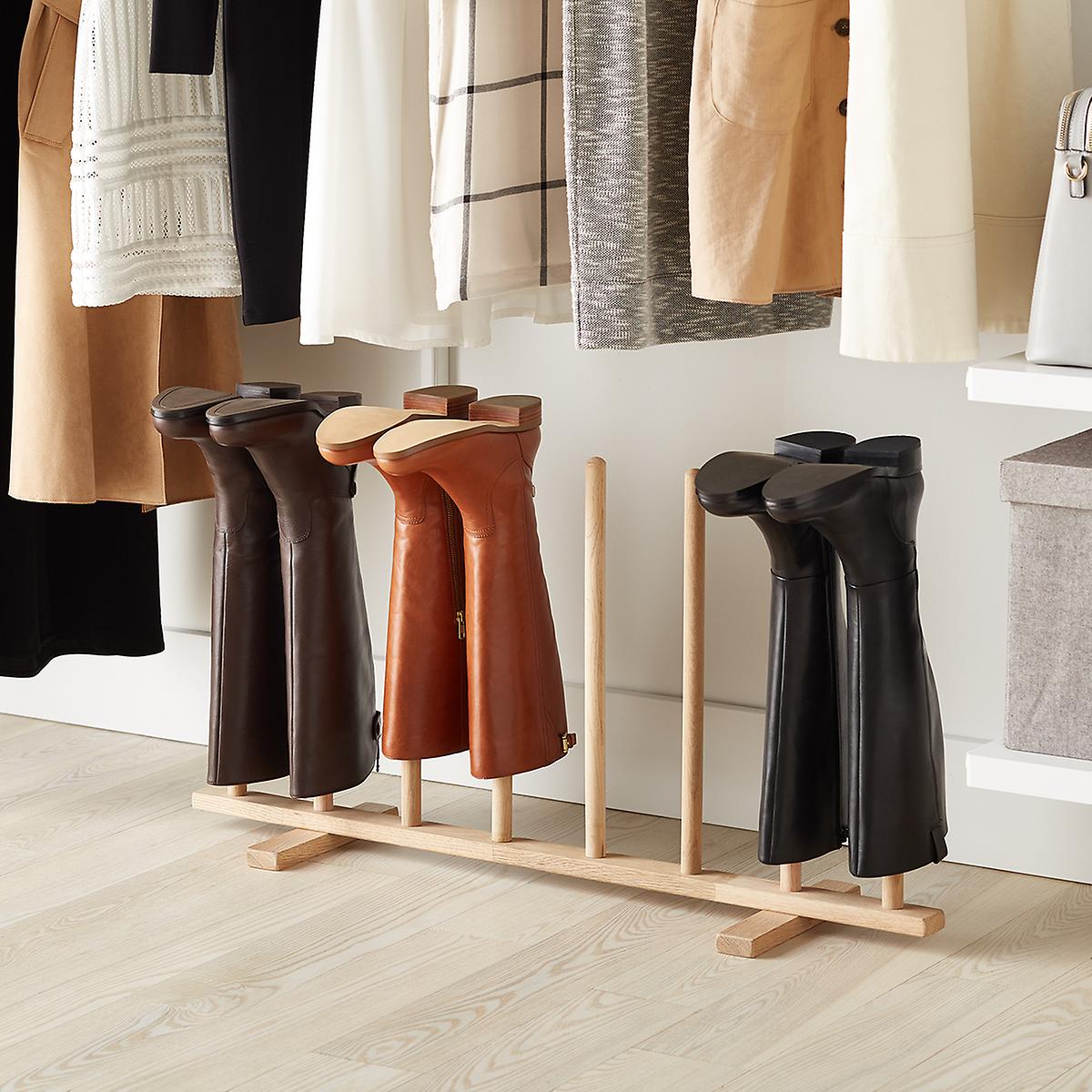

0 thoughts on “How To Store A Motorcycle For Winter”